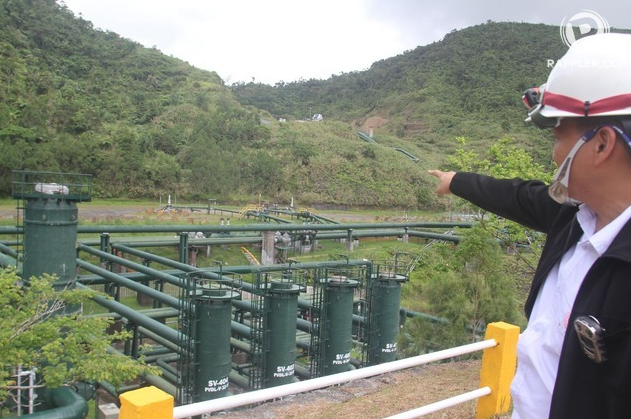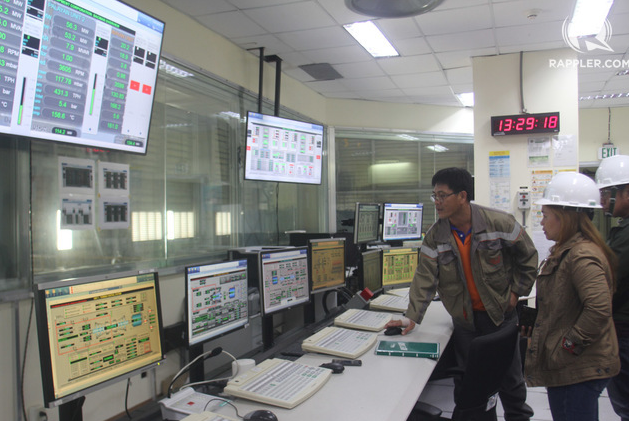 POWER PLANT. Bicol is producing clean and renewable energy from two geothermal plants in Tiwi and Bacon Manito geothermal plants, but 70% of Albayanos remain powerless after typhoon Tisoy.
POWER PLANT. Bicol is producing clean and renewable energy from two geothermal plants in Tiwi and Bacon Manito geothermal plants, but 70% of Albayanos remain powerless after typhoon Tisoy.
The regional political party said the power could come from two geothermal plants, Tiwi and BacMan.
“Based on the current systems, we are wondering why we need to get electricity from the Tayabas station of NGCP when we can tap directly from our very source, Tiwi or BacMan geothermal power plants,” said Noel De Luna, founder and chairman of Kusog Bicolandia.
Currently, these two geothermal plants produce renewable energy sources and supply them to the Luzon grid. De Luna said high voltage electricity from these plants travels to the National Grid Corporation of the Philippines (NGCP) station in Tayabas, Quezon, and is then sent back to Bicol at a lower power voltage.
Kusog Bicolandia executive vice president Roberto Rafael Lucila explained that the reason why power has to be sent to the Tayabas station first is that existing local power distributors reportedly have outdated equipment that could not absorb and receive high voltage electricity coming directly from geothermal plants.
As a result, if a transmission line connecting the NGCP station and the geothermal plants get damaged, the supply to Bicol becomes affected.
“However, our experience with Typhoon Tisoy revealed the opposite. When NGCP failed to energize Albay and Sorsogon on their promised date, they were bombarded with complaints particularly from the RDC Chairman and Legazpi Mayor Noel Rosal, forcing them to initially tap power directly from Tiwi, debunking the long-time myth that Albay cannot absorb high voltage electricity directly from Tiwi,” Kusog Bicolandia officials said.
 POWER SOURCE. Officials of Energy Development Corporation show off to members of the local media in Legazpi the facilities of BacMan geothermal field in Manito town.
POWER SOURCE. Officials of Energy Development Corporation show off to members of the local media in Legazpi the facilities of BacMan geothermal field in Manito town.
The regional political party said they were drafting recommendations on how to make the independent Bicol grid feasible. The study group will be led by Lucila, and the results of the study will be forwarded to the concerned agencies.
“We are pushing for an independent Bicol power grid to lessen the cost of electricity, hasten energy restoration in times of calamities and spur economic growth in our region,” De Luna said.
Typhoon Tisoy toppled more than 1,000 electric poles in the region, leaving 70% of the residents here powerless.